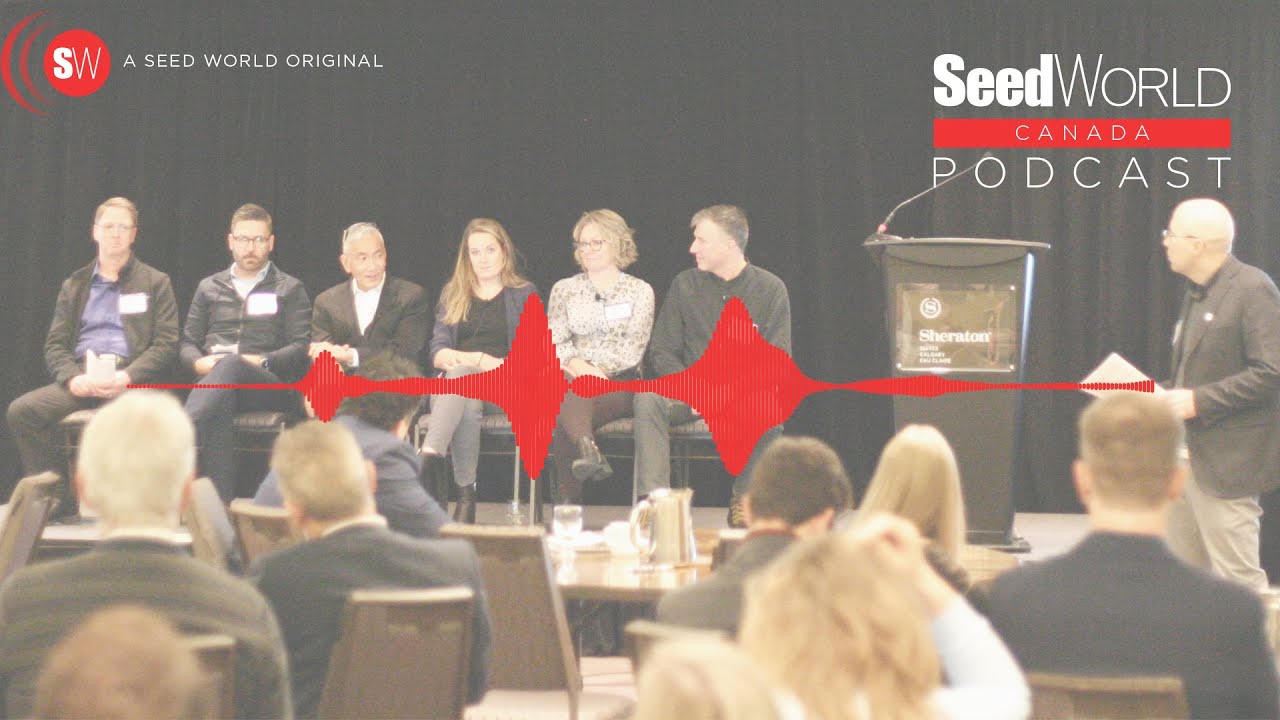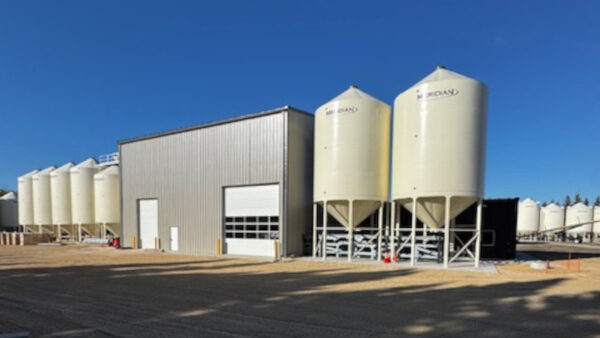The idea that Agriculture and Agri-Food Canada (AAFC) is scaling back its involvement in field-ready cultivar commercialization has farmers and industry experts talking. The consequences of such a move are multifaceted, and while some in the industry are exploring alternatives, the challenges remain significant.
In a panel discussion held last week at the Alberta Seed Processors meeting in Edmonton, Alberta Seed Guide editor Marc Zienkiewicz noted that AAFC is planning to reduce its activities in regard to field-ready cultivar development. Who will fill the void, and what do farmers need to know? He was joined by three panelists: Lauren Comin, Seeds Canada policy director based in Calgary; Jeremy Boychyn, research director for Alberta Grains; and Jodi Souter, owner of J4 Agri-Science in Saskatoon.
Regional Differences and Crop-Specific Needs
“It’s very crop-specific and location-specific,” said Souter, a farmer and plant breeder. “There’s a big difference between agriculture in the East and the West. The variety development models are very different and need to be tailor-made for each region.”
For crops like wheat, particularly Canada Western Red Spring (CWRS), AAFC varieties dominate. “If AAFC were to stop commercializing without a suitable transition plan, the impact would be huge,” she explained. “Organizations have put in funding years in advance, expecting it to lead to a variety. If AAFC steps out, what happens to that investment?”
A System Under Strain
The registration system, reliant on AAFC’s capacity, could face severe disruptions if the ag industry doesn’t have a solid plan to ensure variety development continues amid AAFC’s shifting role. Comin pointed out that AAFC supports disease nurseries and registration trials.”If they don’t need that for their primary business anymore, who will run those? Without that, you’re left with a pipeline that’s barely functional,” she said
Souter added: “Some crops already only have one breeding program in Western Canada—or none at all. Our entire industry for these crops is like a stool with one leg. If that leg breaks, we’re in trouble.”
Souter drew a parallel to the UK’s abrupt withdrawal from public breeding during the Margaret Thatcher era. “They call it the ‘valley of death’—a period when the industry had to figure things out on its own. They figured it out. For the last 15 years in Canada, this has been an issue, and we haven’t acted fast enough. We need to get boots on the ground to fix this before it’s too late.”
Farmer Awareness
Boychyn, who works closely with farmers as an agronomist, observes varying levels of awareness about breeding systems. “Most farmers aren’t acutely aware of where breeding happens or how it’s funded,” he says. “Why would they be, unless someone points out the risks? From their perspective, there’s no lack of choice because of the many varieties available right now.”
However, he warns, “If AAFC steps back suddenly from commercializing field-ready cultivars, it would be impactful. The investment over the past 15 years has created a pipeline, but without AAFC, the process—taking seven to 12 years to develop a variety—could grind to a halt in critical areas.”
Souter is already taking action by founding J4 Agri-Science. “I wanted to address the gaps in breeding programs. Many crops in Western Canada are already underserved, and I’m trying to ensure there’s at least a second leg to the stool. Breeding programs need to address diverse ecological zones, and without proper funding, some objectives will be left out.”
The Path Forward
While there’s consensus that AAFC backing out of field-ready cultivar development is a challenge, the focus is shifting to solutions. “Farming is a business, and we need plant breeding to be successful so we can compete internationally,” Souter said. “The goal should be a system that thrives whether or not AAFC is involved.”
Boychyn agrees: “It’s a complex issue, but farmers and organizations need to stay aware and involved. The decisions we make today will shape the future of our industry.”
For farmers, balancing short-term profitability with long-term growth is always a challenge. Investing in plant breeding may seem like an added cost, but experts argue it’s a vital long-term strategy to sustain and improve farming operations. This article explores why plant breeding should be seen as an investment, the role of producer commissions, and actionable steps farmers can take to secure the future of breeding programs.
Plant Breeding: A Long-Term Investment
Boychyn emphasized that many farmers already understand the value of investing in plant breeding. He points to examples like AAC Oakman, a wheat variety developed to address specific challenges in Saskatchewan and Alberta that will be available for sale next year, as evidence of how targeted breeding initiatives bring real-world benefits.
“These results don’t happen by accident,” he said. “When we develop agreements with organizations like AAFC or the University of Saskatchewan, we set clear targets—higher yields, better disease resistance, and solutions to regional challenges. Farmers are investing in outcomes, not just seeds.”
To illustrate the mindset shift required, he compared plant breeding to everyday expenses. “Gas is a cost when you’re driving your kid to hockey practice, but it’s an investment when you’re building a bond with them. The same goes for breeding programs—yes, there’s a cost, but it pays dividends in the long run.”
Souter underscored the urgency of finding sustainable funding models. “The worst thing we can do is nothing,” she said, citing the gradual shutdown of AAFC breeding programs in crops like flax and peas.
What Can Farmers Do?
Boychyn encouraged farmers to identify specific challenges and advocate for change.
“Ask yourself: What’s the challenge impacting your industry, and why does it need to change?” he said. “Once you have clarity, work collectively to push for solutions—whether it’s through producer commissions, policy advocacy, or funding contributions.”
While the current system isn’t perfect, the need for innovation in plant breeding has never been greater. As Comin said, “If it’s not broken, don’t fix it” doesn’t apply here. “A lot of the time, the system is broken—it just doesn’t seem like it because things are fine for now. But we need to act before the flames get too close.”











